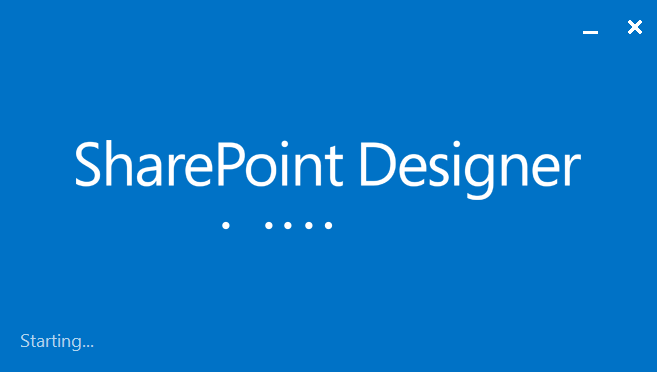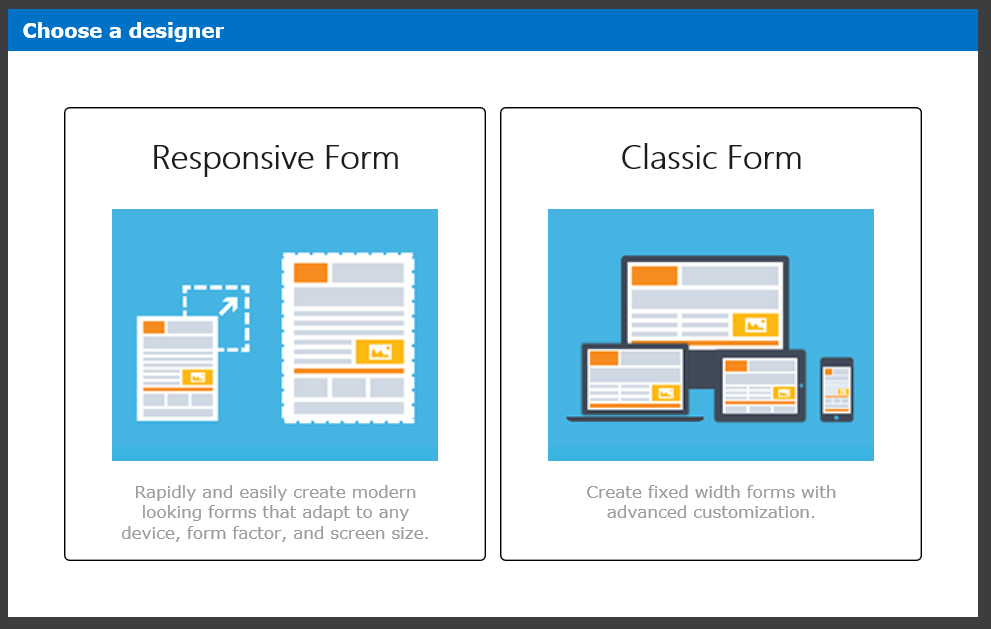The workflow instance was too large to persist
Have you ever faced that issue? When your workflow is running smoothly and out of nowhere it gets suspended? Then when you hover the “i” icon to get more details you are informed, that “The workflow instance was too large to persist”? Well I had. Here is what I found and how I recommend to solve it.









